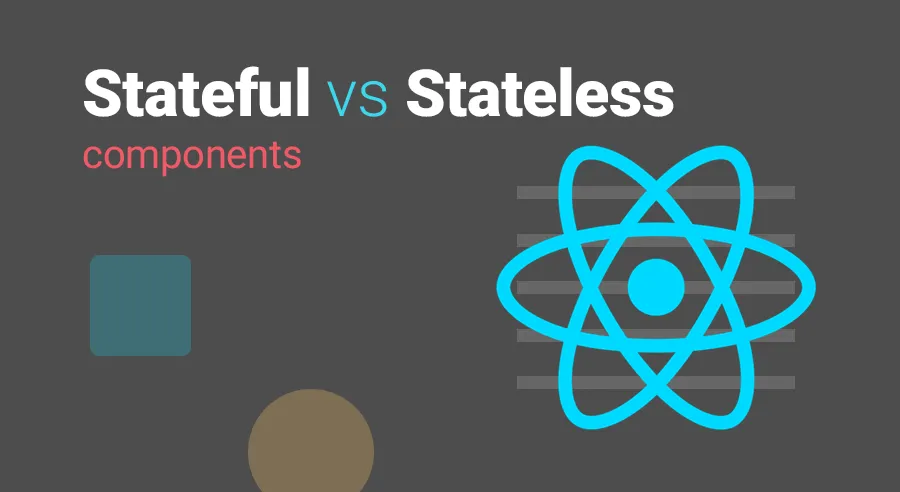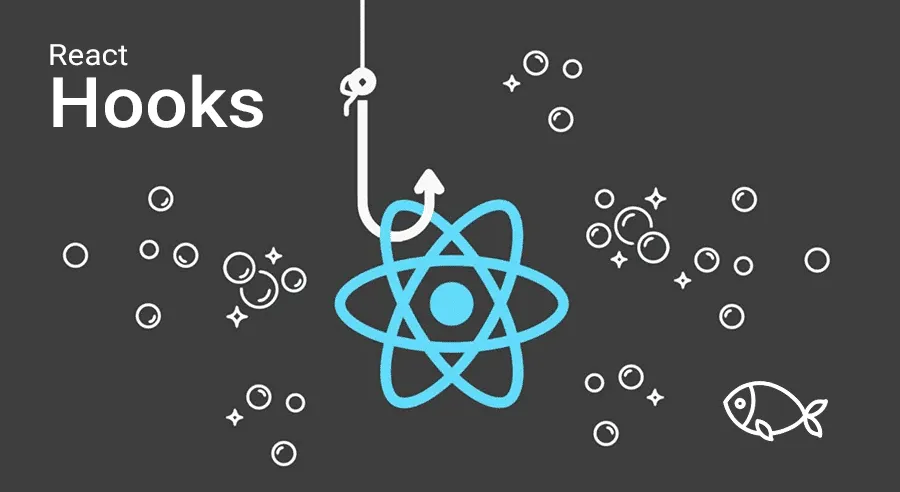In the world of React, understanding the nature of stateful and stateless components is as important as a chef knowing when to use high heat and when to simmer. These aren’t just theoretical concepts—they’re the foundation for structuring your app, optimizing performance, and writing clean, maintainable code.

Let’s peel back the layers, from classic definitions to the "Hooks" revolution that changed everything!
🎨 Stateless Component: The Faithful Presenter
Imagine an artist who simply paints a picture based on a given template. Whatever colors or brushes you give, they’ll reproduce the image exactly as instructed—never adding or changing details. That’s a Stateless Component.
Stateless Components, also known as Presentational Components or Dumb Components, are the simplest kind in React.
Key characteristics:
- No own
state: They don’t store any data that changes over time. Their life is a straight line—no memory. - Receive data via
props: Like the artist receiving a "template" (data) viaprops, their only job is to display that data in the UI. - Predictable: Given the same
props, they always return the same output (UI). This makes them very easy to test. - Usually Function Components: Before Hooks, this was the most common way to write stateless components.
Classic example: A simple Welcome component.
// Welcome.js - A typical Stateless Function Component
import React from 'react'
function Welcome(props) {
return <h1>Welcome, {props.name}!</h1>
}
export default Welcome
In this example, Welcome doesn’t care where name comes from or how it changes. It just receives name and displays it. Simple, effective, and highly reusable.
🧠 Stateful Component: The Smart Brain
On the other hand, imagine a warehouse manager. Not only does this person display goods (render), but also keeps track of inventory, knows when to restock, and when to ship out. They have "memory" and their own "logic." That’s a Stateful Component.
Stateful Components, also called Container Components or Smart Components, are the brains of your React app.
Key characteristics:
- Manages
state: They own astateobject to store data that can change due to user interaction or other events. This is the component’s "memory." - Contains business logic: They handle events, call APIs, and decide what to display and when.
- Use
setState()to update UI: Whenstatechanges, they usesetState()to tell React to re-render the UI with new data. - Usually Class Components: Before Hooks, this was the only way to create stateful components, using lifecycle methods like
componentDidMountorcomponentDidUpdate.
Classic example: A Counter component.
// Counter.js - A typical Stateful Class Component
import React, { Component } from 'react'
class Counter extends Component {
constructor(props) {
super(props)
// Initialize state
this.state = {
count: 0,
}
}
// Method to change state
increment = () => {
this.setState({ count: this.state.count + 1 })
}
render() {
return (
<div>
<p>Count: {this.state.count}</p>
<button onClick={this.increment}>Click me</button>
</div>
)
}
}
export default Counter
This component has a state called count. Each time the user clicks the button, it updates its own state and displays the new value.
⚖️ Side-by-Side: Stateful vs. Stateless
Here’s a quick comparison table of the most important criteria:
| Criteria | Stateless Component (Dumb) | Stateful Component (Smart) |
|---|---|---|
| Purpose | Display data, UI | Manage data, business logic |
| State | No state | Has state to store data |
| Syntax | Function Component | Class Component |
| Data | Receives data from props | Manages internal data with state |
| Lifecycle | No lifecycle methods | Has lifecycle methods (componentDidMount) |
| When to use | Reusable UI parts: Button, Input, Card, etc. | Pages, areas with complex logic |
💥 The "Hooks" Revolution – Blurring the Lines
The Class Component (Stateful) and Function Component (Stateless) model served the React community well for a long time. But it had drawbacks: Class Components were verbose, logic was hard to reuse, and this could be confusing.
Then, React Hooks arrived in React 16.8 and changed everything.

Hooks are special functions that let you "hook into" React features (like state and lifecycle) in Function Components.
This means: Function Components can now be "Stateful" too!
Let’s rewrite the Counter example above using a Function Component and the useState Hook:
// Counter.js - Modern Hooks style
import React, { useState } from 'react'
function Counter() {
// Use the `useState` Hook to create state in a Function Component
// `count` is the state value, `setCount` updates it
const [count, setCount] = useState(0)
const increment = () => {
setCount(count + 1)
}
return (
<div>
<p>Count: {count}</p>
<button onClick={increment}>Click me</button>
</div>
)
}
export default Counter
The result? Shorter, more readable code, no more this, and still a fully Stateful Component. The line between "smart" and "dumb" based on syntax (Class vs. Function) is gone.
💡 Pro Tips: When to Use What in the Hooks Era
With Hooks, the React community now prefers Function Components for almost everything. However, the mindset of separating "logic" and "presentation" is still valuable.
✅ Golden rules:
- Always start with a Function Component. This is the modern standard.
- Default to stateless. Focus on receiving
propsand rendering UI. - Add Hooks when you need "memory." If a component needs to store data (e.g., input value, menu open/close state), use the
useStateHook. - Add Hooks for side effects. If a component needs to interact with the outside world (API calls, DOM manipulation), use the
useEffectHook. - Extract complex logic. If a component gets too "smart" with lots of state and effects, consider moving that logic to a Custom Hook for reuse.
This separation is no longer a rigid Stateful vs. Stateless divide, but a flexible split between Container Logic (state and side effects) and Presentational Logic (UI), either within the same Function Component or across different ones.
Conclusion: Understand State at Its Core
The journey from strictly separating Stateful (Class) and Stateless (Function) to the Hooks era shows React’s constant evolution.
- Stateless Component: Still the silent heroes, focused on display, making your app easy to test and reuse.
- Stateful Component: The brains, holding logic and data.
- React Hooks: The revolution that lets us build powerful "brains" with simple, modern Function Component syntax.
Understanding state and how to manage it is the key to mastering React and building great apps.
Good luck on your coding journey!
![[React Basics] What is a React Component? A Detailed Guide for Beginners](/images/blog/react-component.webp)
![[React Basics] The Most Effective Way to Build Nested Routes in React](/images/blog/nested-routes-in-react.webp)
![[React Basics] The Most Effective Ways to Use Conditional Rendering in React](/images/blog/conditional-rendering-in-react.webp)
![[React Basics] State in React: Concepts, Usage, and Detailed Examples](/images/blog/state-in-react-thumbnail.webp)